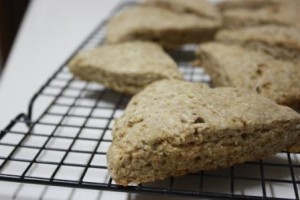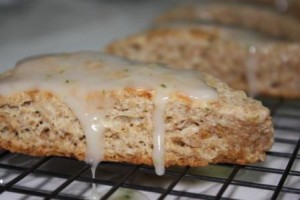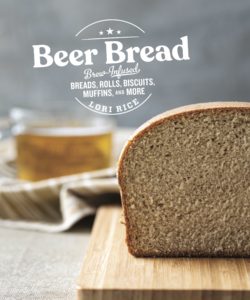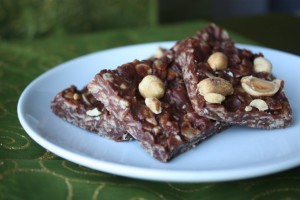
Several months ago I delved into my own research about coconut oil. I shared my findings in a post with the determination to start using more virgin coconut oil in my day-to-day cooking. I searched for it when I was in Brazil only finding small quantities that were actually more expensive there than what I could get in the States.
Weird, right? With all those coconuts growing everywhere.
After getting settled back in the US I knew I had to find a source. After reading Nina Planck’s Real Food: What to Eat and then taking a trip to Southeast Asia my interest in the company Tropical Traditions began to grow. I applied to be considered to review a sample and they quickly replied offering me a 32 oz jar of their Gold Label Virgin Coconut Oil. A few squeals escaped after reading that email. I won’t lie; I was incredibly excited to give this coconut oil a try.
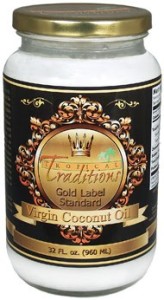
I think a lot of it has to do with our recent trip. Although we didn’t go to the Philippines, we were able to witness some small scale agriculture during our travels to areas nearby. In case you don’t know much about Tropical Traditions they sell wet-milled, virgin coconut oil from small organic farms in the Philippines. They also sell many other coconut products including a coconut peanut butter that will likely make its way into my first order.
In my last post I said I likely wouldn’t become a person who takes coconut oil by the spoonful for medicinal purposes (some cultures do this), but I have to tell you, I love taking little tastes of the oil straight from the jar. Ever know any of those people who could eat butter straight from the stick? (I know it makes me cringe, too.) Well, I couldn’t do it with butter, but this coconut oil is an entirely different story.
Last summer, I used coconut oil on my cinnamon toast and it turned out great, but with this time I wanted to do a bit more cooking with it. Mainly to see how easily I could incorporate it.
I was invited to check on the recipes on the company’s website and I did. The first recipe to catch my eye was for no-bake cookies. For some reason, my mom always called these California Cookies in our house, not sure why. Regardless, we grew up with them as almost a staple as far as the occasional treat goes.
Of course, they have a ton of refined sugar so I rarely make them anymore. I was thrilled to find this recipe that uses honey or maple syrup (I actually used both), and of course coconut oil instead of butter. I also used a natural peanut butter.
The coconut oil works great in them and the flavor wasn’t overwhelming, the cocoa flavor actually comes out more. I wasn’t thrilled with the sweetening combo. I used both because I didn’t want a distinct maple or honey flavor. I will be honest and say they aren’t as great as the original with sugar, but that’s not to say they aren’t good. We are enjoying them and the new twist on flavors as well as the fewer refined ingredients.
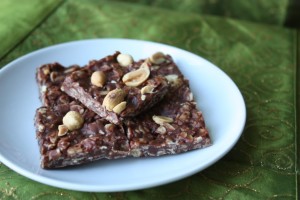
On the recipe list there was also one for coconut chicken. It immediately reminded me of the simple version I often make that uses butter. I posted about it a little while back. So I ground about 1 ½ cups of whole wheat bread crumbs, ½ cup unsweetened coconut, salt, and pepper in the food processor. Next I melted about 3 tbsp of coconut oil. I tossed 2 chicken breasts (cut into pieces) in the coconut oil (make sure the chicken isn’t too cold or the oil will solidify). Then I coated the chicken in the crumbs and coconut. After 20 minutes in a 400 degree F oven it was all done.
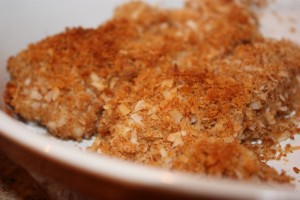
I was so pleased with how it turned out. My husband even commented on how tender the chicken was. The coconut oil really improves this fave, super quick meal.
So, as if you had any doubt, coconut oil will now become a staple in my kitchen. I do have to admit that I won’t be using it with wild abandon because it is a pricey product. However, having it around to use more often is worth the price for me especially when you are supporting small scale, sustainable agriculture, not to mention the health benefits. Oh, and the flavor. Okay, you get the picture.
Or do you?
Want to try some virgin coconut oil of your own?
Well, I was trying to plan out when to tell you. I figure Christmas is as good of a time as any for a giveaway, especially one that will help jumpstart your healthy habits in the New Year.
Tropical Traditions has graciously agreed to give away a 32 oz jar of their Gold Label Virgin Coconut oil to one of you, my readers, free of charge!
Okay, so here is how to enter and increase your chances.
The contest is open to U.S. and Canada residents because the company will be shipping directly to you. (An apology to my international readers.)
I should mention I’m big on following instructions too (I know such a stickler). So to be fair to those who do follow them, if you don’t, your entry won’t be counted.
First instruction – Tell me each of these things in a separate comment. I subscribed, I tweeted, I followed = 3 comments = 3 entries. I know, a lot of work, but I’ll be using a random number generator to choose the winner so if you want each entry counted it will need to be in a separate comment.
- You need to subscribe to the Tropical Traditions Newsletter. Leave me a comment below telling me you did AND I would love it if you would include in this comment why you want to try the oil.
- Get a bonus entry for Tweeting the giveaway and tell me here with your Twitter username. I’m @lori1329 by the way.
- Get a bonus entry for becoming a Follower (that little Google gadget on the side) and tell me here, or remind me that you already follow me.
Okay, that’s enough rules. Given it is the holiday season and you all need a break from the computer, I will wait to pick the winner until January 2nd, 2010. The contest will end at 11:59 pm EST on January 1st, 2010.
Ready to have a Happy and Healthy New Year with Tropical Traditions Virgin Coconut Oil? I’m really excited to share this great product so send on the entries!
PS. If you don’t win and want to place your order, be sure to check out the Referral Program. You can get a copy of Virgin Coconut Oil by Brian and Marianita Shilhavy free with your first order. If you’d like to refer me with your order, just drop me a note and I’ll send you my number.
Disclaimer: Tropical Traditions provided me with a free sample of this product to review, and I was under no obligation to review it if I so chose. Nor was I under any obligation to write a positive review or sponsor a product giveaway in return for the free product.





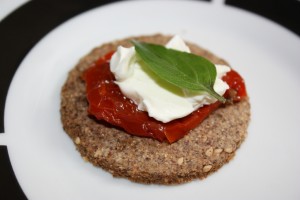
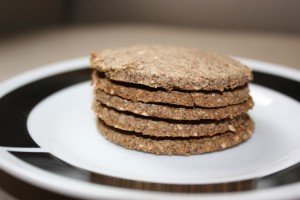
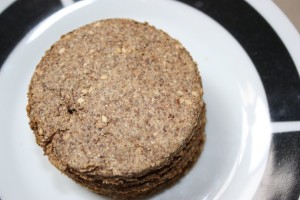
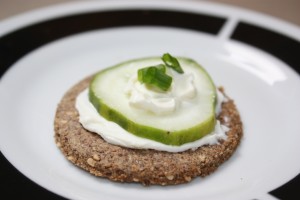

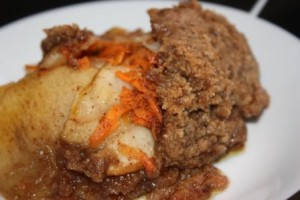
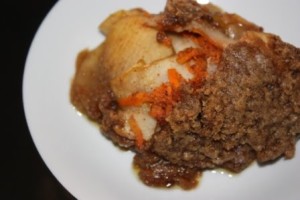
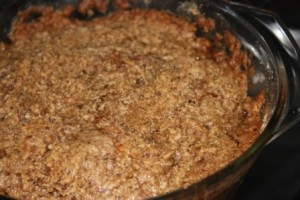
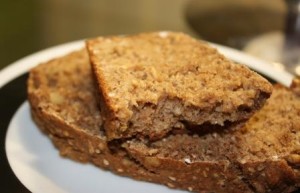
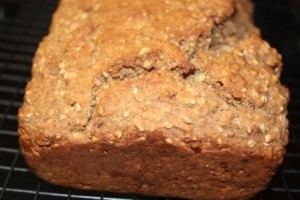
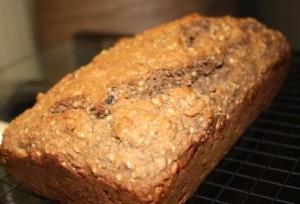
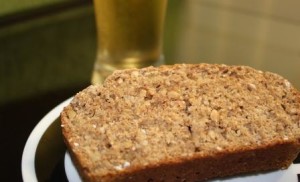
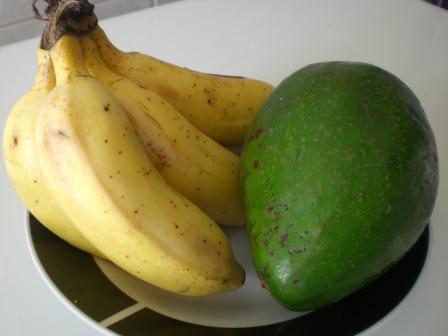
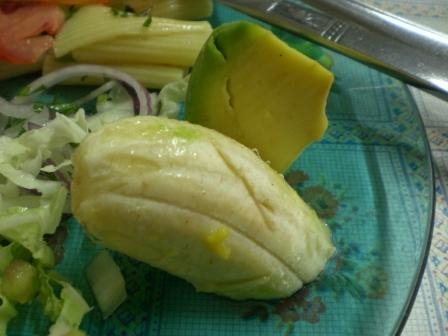
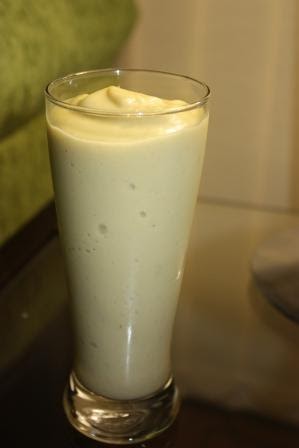
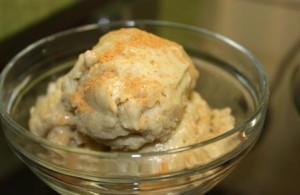


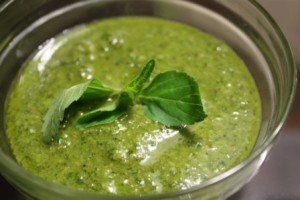
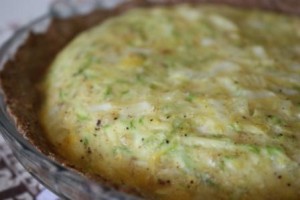
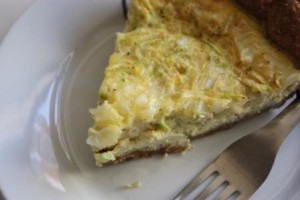
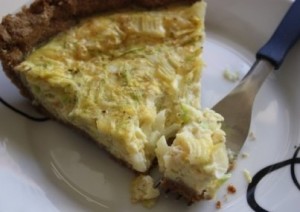
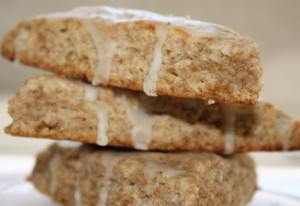
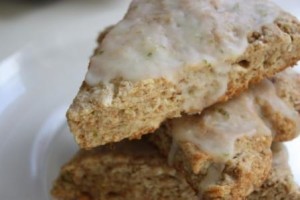 1 ¾ cup whole wheat flour
1 ¾ cup whole wheat flour